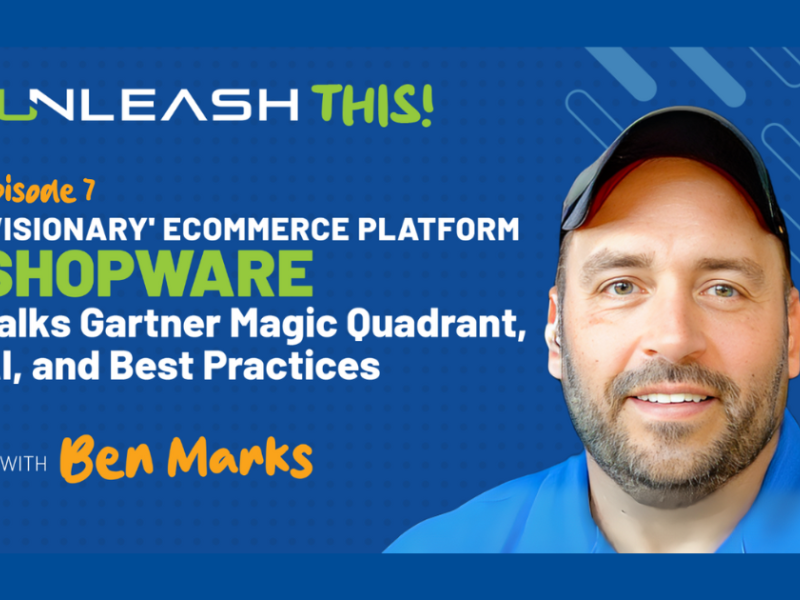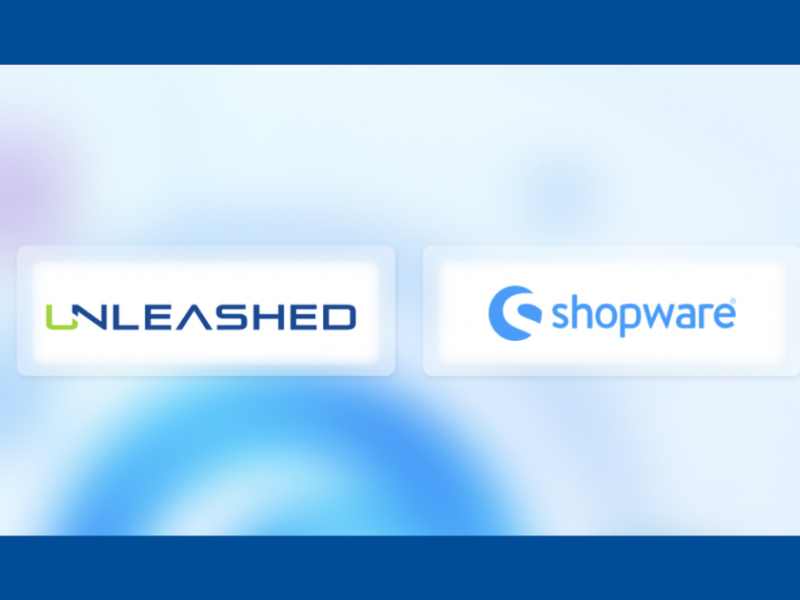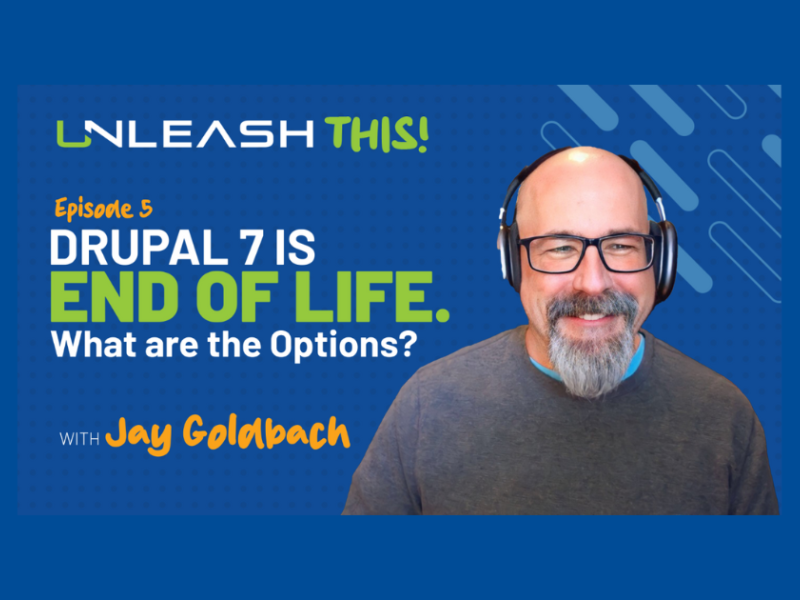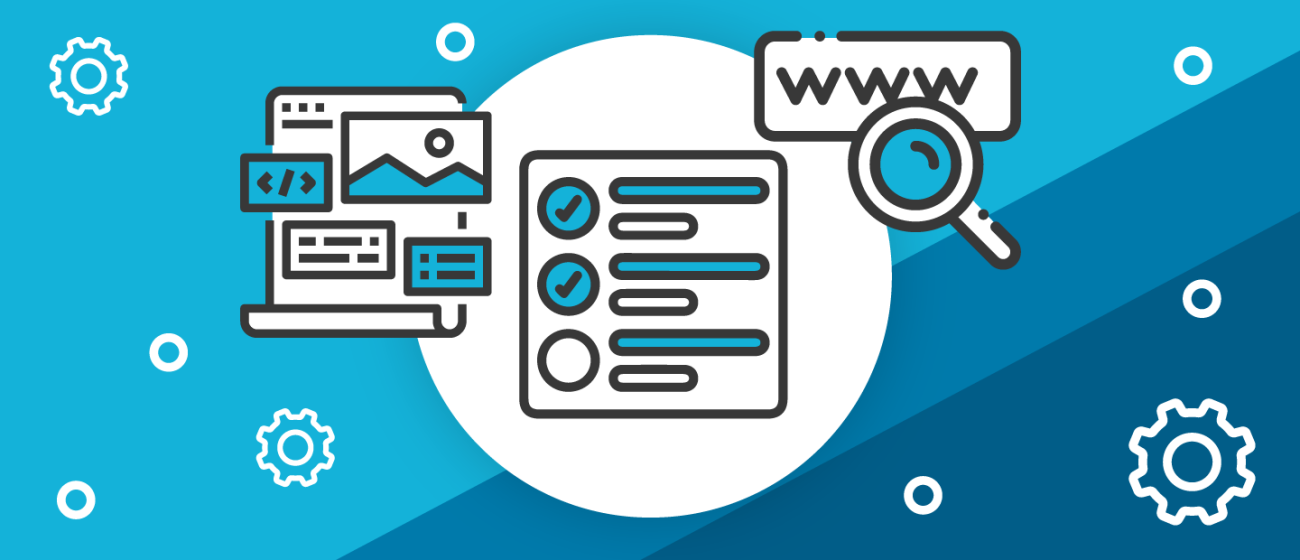
On-page SEO is the foundation of every website. That's why we created a comprehensive 31-Point On-Page SEO checklist to guide you step-by-step through a perfectly optimized webpage in 2021.
First, What is On-Page SEO?
On-page SEO is the process of optimizing your webpages in order to rank higher in organic search results. On-page refers to both the content and HTML source code of a page that can be optimized. This is different from off-page SEO, which refers to links and other external signals that occur off of your website.
Is On-Page SEO Still Important in 2021?
Absolutely! On-page SEO has been and always will be important. With so many aspects of SEO not fully under your control (or that could take months or years to take effect), on-page SEO is something you have complete control over and the ability to quickly influence.
So without further delay, let's jump into point number one.

1. Use SEO Friendly URLs:
Your web page URLs should be short and keyword rich, using only a targeted keyword at the beginning of the URL whenever possible. Avoid long and cluttered URLs, as short URLs have been proven to rank better in search results. For example, yourwebsite.com/your-keyword is more SEO friendly than yourwebsite.com/10-great-reasons-why-your-keyword-could-be-awesome.

2. Make Sure Your Title Tag Starts With Your Keyword:
Your title tag is an extremely important on-page ranking factor, particularly when it comes to the placement of your targeted keyword. The closer the keyword is to the beginning of the title, the more weight it has with search engines. Be sure to keep your targeted keyword as close as you can to the beginning of your title tag, and be sure to limit your title to between 50 and 60 characters to ensure it will not be truncated in search results.

3. Add Modifiers to Your Title:
Using modifiers like “2021”, “best”, “easy”, “checklist”, “fast”, and “review” can help you rank for long-tail versions of your target keyword. Using “the current year”, “the best”, and “updated” for relaunched blog posts are some favorites used around the web. These modifiers can also assist with increasing your click-through rate (CTR). Optimizing for CTR is something we will cover later in this checklist.

4. Wrap Your Page Title Into Your <H1> Tag:
This is your top on-page attribute and can be the same as your page title. Google has said you may use as many H1’s per page as you like. We still only recommend you use the H1 tag once per page because the H1 tag helps Google understand the structure of the page. Be sure that your H1 also contains your target keyword.
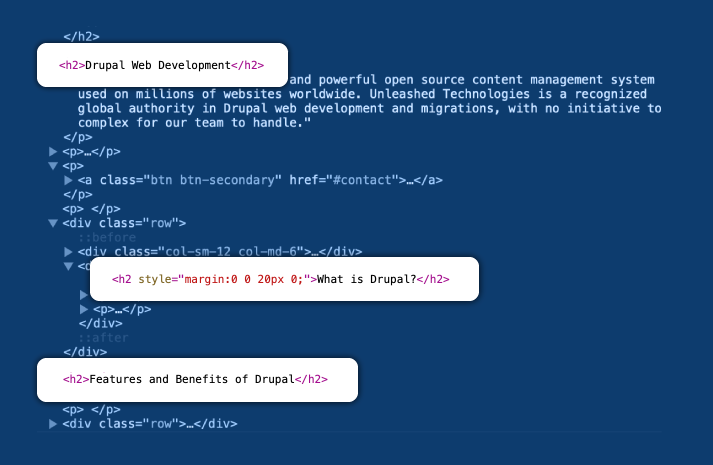
5. Use <H2> Tags for Your Subheadings:
Use your H2 tag for subheadings, and be sure to include your target keyword in at least one subheading. See if you can also work in some latent semantic index (LSI) keywords into your subheadings as well. Subheadings are great for breaking up content and making pages easier to read. You can use multiple H2 tags per page.
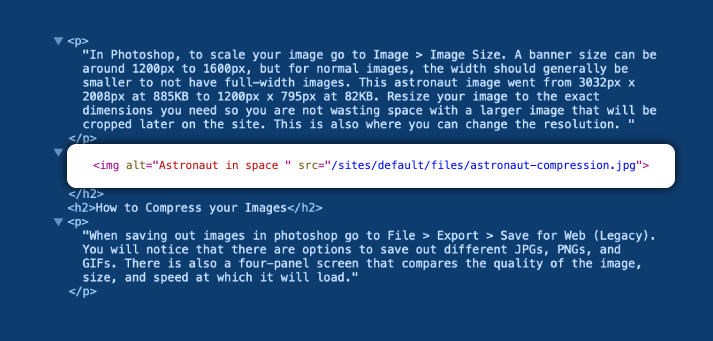
6. Include Images on Every Page:
Images, videos, and other multimedia can reduce bounce rate and increase time on your site, which are two critical factors for user interaction rankings. The use of images allows you to break up content and also provides you with the opportunity to include your targeted keywords in your image’s alt tag property. One constantly overlooked optimization is the image file name. Be sure to provide a brief description of your image in the file name as well.
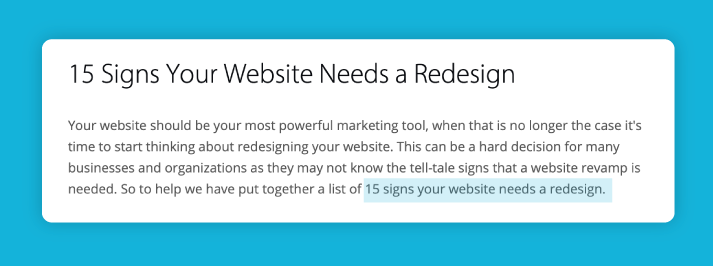
7. Use Your Keyword Within the First 100 Words of Your Content:
Many times this happens naturally while writing about your chosen topic. Sometimes, however (particularly with blog posts), people start their content with a long-winded intro and use their keyword for the first time much later. This is not a good practice to maintain.
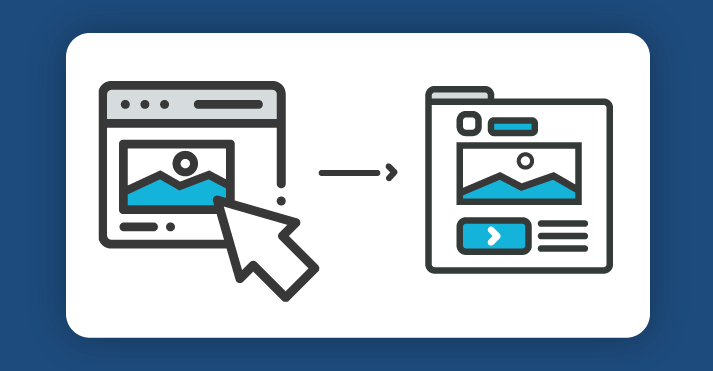
8. Use Outbound Links:
By linking your site to related outbound websites you’re showing Google that your page and website is a hub of quality information. Associating your website with other quality websites can assist in page rankings and help Google better understand what your web page is about.
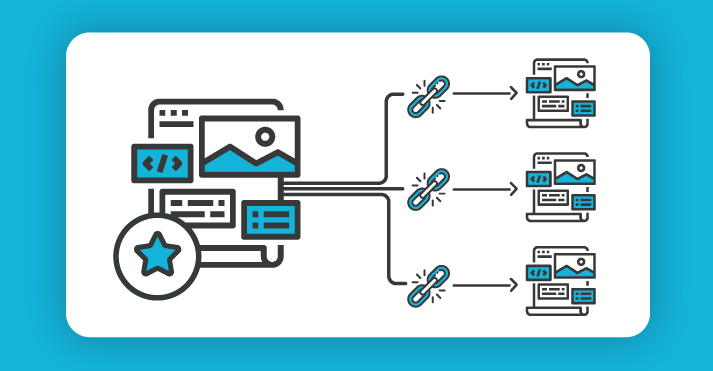
9. Use Internal Links:
It’s a good practice to add two or three internal links to every new piece of content that you publish. One of the main benefits of internal linking is that it helps Google find, understand, and index all the pages on your site. When used strategically, internal links can pass page authority to important pages. SEO Best Practice calls for using keyword-rich anchor text, which is the text that helps users and Google understand what the page you're linking to is about.

10. Include LSI Keywords:
Semantic search denotes search with meaning, as distinguished from lexical search where the search engine looks for literal matches of the query words or variants of them. Google's search algorithm called Hummingbird allows the search engine to understand the full topic of your page. By including semantic or LSI keywords in your content, Google will fully understand the topic and subtopics related to your target keyword, allowing you to rank higher for both.
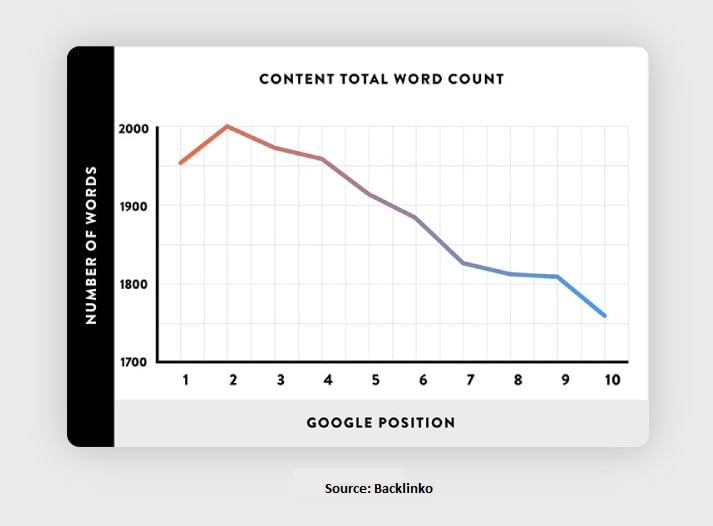
11. Write Long-form Content:
As a general rule, make sure all your blog posts and articles have more than 1,100 words of content. I would recommend that even service pages should have more than 800 words. Longer content will not only help you rank better for your target keyword, but it will also allow for more longtail traffic opportunities. As an added bonus, longer content tends to acquire more backlinks and rank higher in organic search.
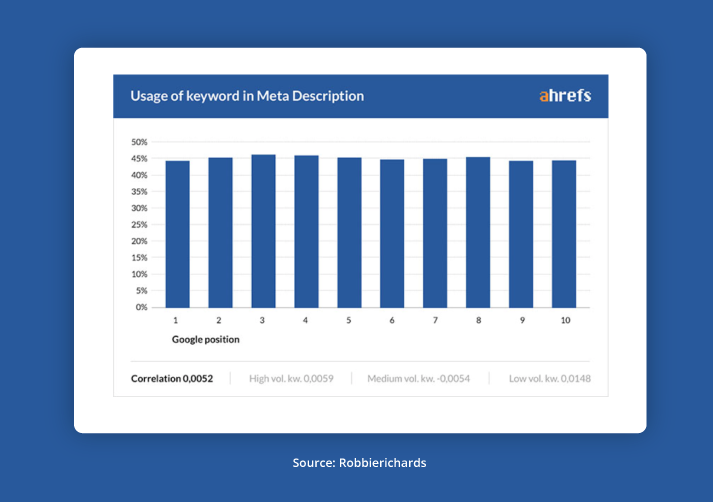
12. Optimize Meta Descriptions:
Your meta description should be unique, contain the keyword or keyword phrase you wish to target and be between 150-155 characters in length. Plus, if your meta description contains the exact keyword the user is searching for, it will become bold in search results. Think of it as a small advertisement aimed at getting people to click on your webpage on the search results page.This is yet, another way to help optimize for CTR.

13. Use Social Sharing Buttons:
While social signals do not have a direct impact on search algorithms, social media is great for getting more people to view your content. It allows for increased brand awareness and is great for connecting with your target audience. As a small bonus, the more people who see and share your content on social media the better chance you have of acquiring a backlink.
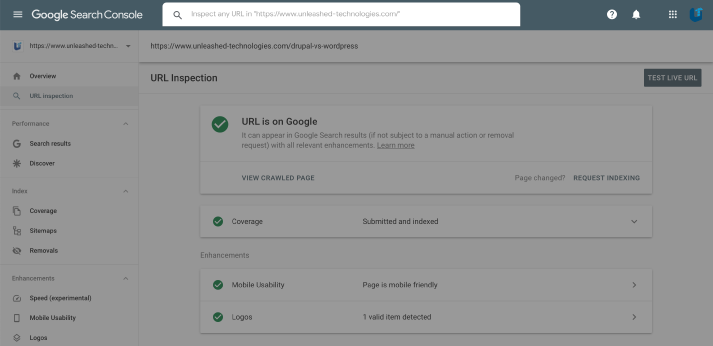
14. Submit Your New Page in Search Console:
Use the “URL Inspection tool” feature in Search Console. When you submit your newly published URL, the inspector will test whether your page is able to be indexed. If it can, click on “Request Indexing”. GoogleBot will then visit your webpage, crawl across its content, and index it. This tool also comes in handy if you have updated or otherwise made changes to your content.

15. Make Sure Your Web Page is Able to Be Indexed:
I have found people accidentally restricting search engines from accessing content on their websites by applying a no-index tag to their pages. Although this is more on the technical side, non-indexed pages will never show in search results as they can not be crawled by search engine bots.
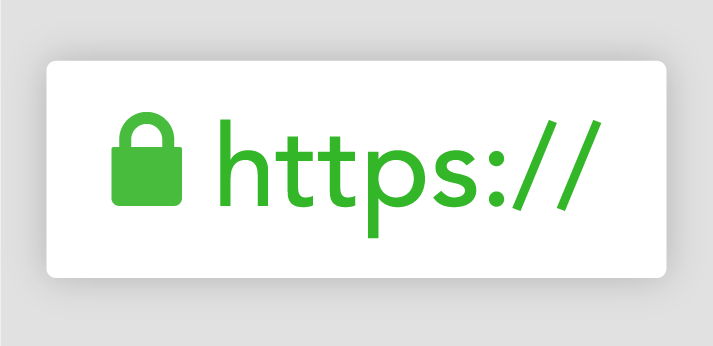
16. Make Sure Your Site is Secure (HTTPS):
HTTPS is a secure way to transfer data between a server and a web browser. Google officially announced they would use HTTPs as a ranking signal in 2014. Multiple studies have since confirmed a strong relationship between higher rankings and websites using HTTPS.

17. Increase Dwell Time:
Higher dwell times, or time on page, is a strong signal to search engines that the content on your webpage matches visitors' search intent. This correlates with higher rankings for that search term. Increase how long visitors stay on your page by writing long engaging content, using images, and videos (as mentioned previously).

18. Test and Optimize for Mobile Page Speed:
Google publicly stated in 2010 that the speed of a website is an official ranking factor. More recently (in 2018) Google announced they will begin using mobile page speed results and will be shifting to Mobile-first indexing. This means Google will predominantly use the mobile version of your content for indexing and ranking instead of the desktop version used in the past. This makes it vitally important that your website can load quickly. Luckily, Google has provided a handy tool to assist in figuring out your mobile page speed and ways to improve performance if needed.
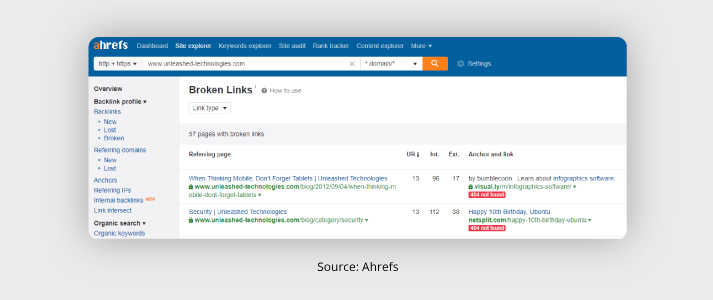
19. Remove Broken Links:
In data compiled by Ahrefs, it looks as though Google will drop web pages in search results if a page has broken links pointing to external sources. Be sure to regularly scan your website for broken links and either completely remove the link or link to a new piece of content.
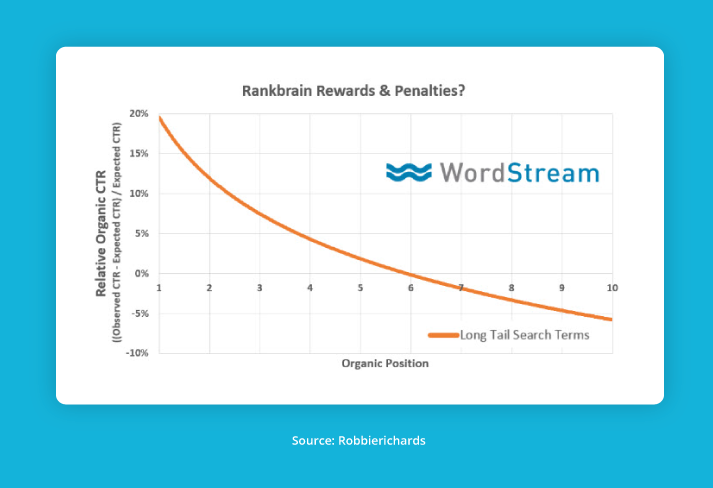
20. Optimize for CTR:
As touched on in steps three and 13, optimizing for CTR has become very important. In a study conducted by WordStream, they found that if you beat the expected CTR of your position in the search results you are “far more likely to rank in more prominent positions” and if you are failing to meet the expected CTR you will start to appear in lower positions. Two key factors to help drive increased CTR are improving your page title by adding modifiers to your title as covered in step three and using keyword-rich meta descriptions to help searchers understand what your page is about in search results as covered in step thirteen.

21. Eliminate Keyword Cannibalization:
Keyword cannibalization is when the same keyword or phrase is optimized and used for multiple pages on a website. This creates issues for search engines as they will not know which page to provide for a given search query. Thankfully, there is a quick and easy way to identify keyword cannibalization on your website. Ahrefs has a great post on how to “Find and Fix Keyword Cannibalization Issues”. If you find this is an issue on your website, think about merging content from competing pages and redirecting them into the asset that holds the most authority.
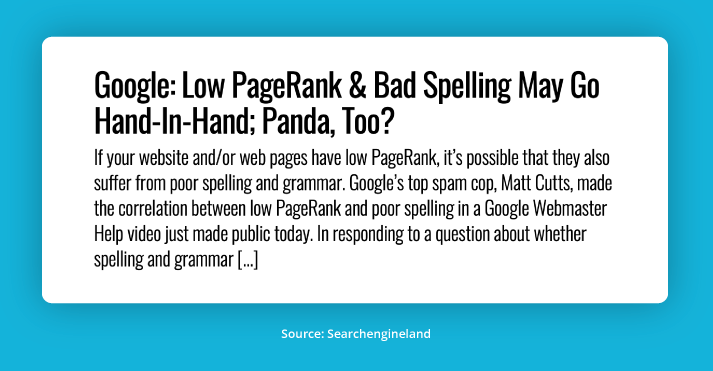
22. Spelling & Grammatical Errors:
Websites that commit spelling and grammatical errors can make it difficult for readers to understand the content. The same rings true for search engines like Google and Bing. If they notice spelling and grammatical errors throughout your content, it will negatively affect your search results.
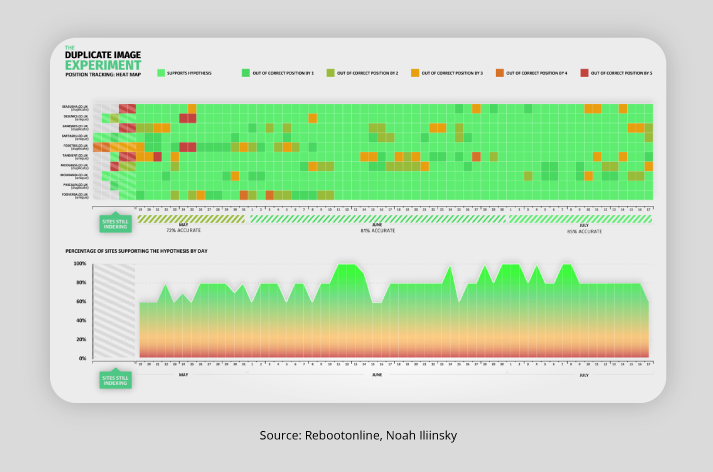
23. Use of Original Images:
Always use original images on your website when possible. Why? Because a recent study conducted by Reboot Online found “using unique images on your website does have a positive impact on organic web rankings as well as image rankings”. If you have a bunch of stock images on your website, take pictures and create your own custom images.
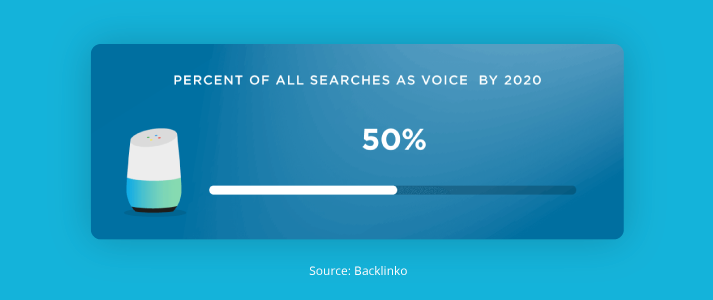
24. Optimize for Voice Search:
Voice search is growing quickly. It’s estimated that during 2020, 50 percent of all searches will be voice-based. One of the most effective ways to optimize your content for voice searching is to provide short and concise answers (25 to 30 words or fewer) to questions related to your keyword topic. One easy way to accomplish this is by incorporating a FAQ section to your webpage.

25. Mobile-Friendly Tested:
In 2015, Google announced that mobile-friendly compliance would soon become a ranking signal for searches conducted on mobile devices. Couple that with Google now prioritizing mobile-first indexing, and it's obvious that your website must be mobile-friendly to excel in search ranking in 2020. Make sure to run your website or an individual URL through Google’s Mobile-Friendly Testing Tool to find errors and prioritize them for correction.

26. Use Schema markup
Adding schema markup to your web pages (when appropriate) will provide the opportunity to show up in Rich Snippets. In Fact, studies have shown you can get up to a 30 percent increase in CTR with structured markup. Brian Dean, of Backlinko, has said the two best types of Schema for getting Rich Snippets are review and FAQ schema.
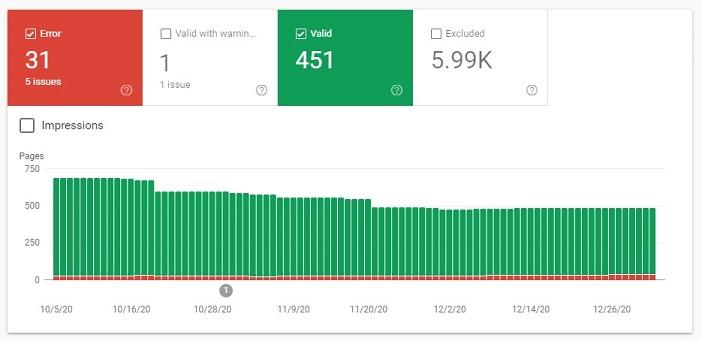
27. Fix Crawl Errors
Finding and fixing crawl errors is vital. A crawl error means that Google can not see or read what your page is about. Being unable to view your page means that Google may not index or rank that page in search results. Luckily, it is easy to identify crawl errors using the Google Search Console. Once you log in, click on “coverage" located on the left-hand menu. There you will be able to view all URLs that contain errors and fix them.
28. Open Graph Meta Tags
Open Graph protocol controls what and how information is displayed on social media feeds like Facebook, LinkedIn, and Twitter. Adding open graph tags properly will make your content look better, allowing it to receive more clicks, likes, and shares. While social media does not directly impact search results, the more eyes on your content, the better opportunity to acquire backlinks and backlinks definitely help.
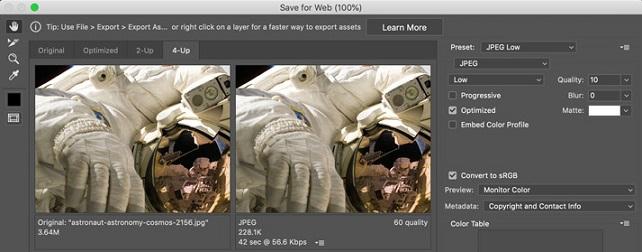
29. Size Images Appropriately
Resize images that are not appropriately sized. This will allow for increased page load speed, which directly impacts search results. To find oversized images, use Google’s Lighthouse tool. The tool will identify any image on your page that is too large and lead to decreased page load speeds. Next, prioritize and have them properly resized.

30. Monitor and Reclaim Lost Links
Unfortunately, backlinks are lost all the time. Losing links to high-value assets can lead to decreased search results for that page's targeted keywords. That is why you should be actively monitoring your overall backlink profile and backlinks pointing to high-value pages on your website. You can do this using an SEO tool like Ahrefs. From site Explorer, enter your domain. Next, choose “Lost” under the Backlink profile located on the left-hand menu. Choose the time frame you want to review. Here you will see any lost backlinks and the reason they have been lost. Then work to reclaim them. (Note: filter your results to show only dofollow links. Focus on them only, as these are the links that pass authority)

31. Is Your Copy “Fresh”?
Keeping content up-to-date and accurate is important and has been rewarded with higher search results during Google’s last few algorithm releases. Be sure to review your content regularly; we recommend completing a review every six months. Once you locate an asset that could use a refresh, expand on, and improve that existing asset.
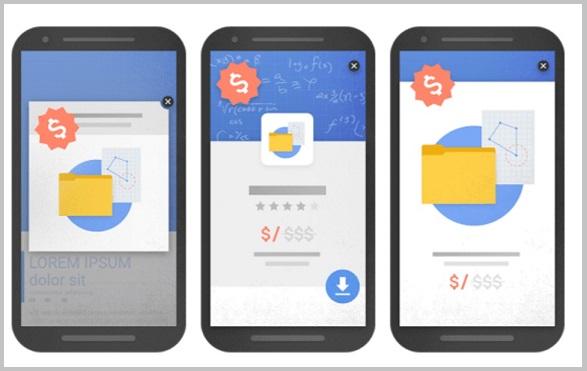
Bonus Tip: Remove Intrusive Interstitials
To help users easily access content, particularly on mobile devices, Google will penalize web pages in search results with intrusive interstitials. What are intrusive interstitials, you may ask? They are made up of pop-ups that cover a web page's main content, either immediately or soon after a user lands on the page. The largest example of this would be pop-up ads. This ranking factor may start to hold more weight once the new Google Page Experience update goes live sometime this year. So remove any pop-ups ads now. (Note: exceptions to this rule will be provided when legally required, cookie policies, and age verifications.)
That's It, You Made It to the End!
I know we covered a lot, and I hope you found this checklist helpful. What tip, or strategy from today’s on-page SEO checklist are you going to try first? Maybe it was the use of original images? Or adding modifiers to your title? Either way, let me know by leaving a comment below!
Is on-page SEO something that your business or organization struggles with? If so, we can help. On-page SEO is just one of the SEO services we offer for our clients.
